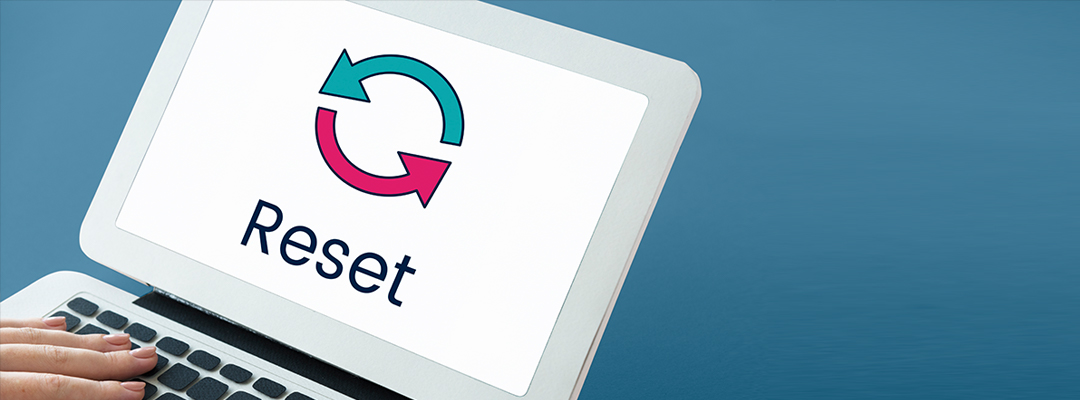Blogs
Services
Convenience Evolution: Resetting Consumer Expectations
Feb. 13, 2023

--By CB Rajesh--
When a company promises to deliver
food warm to your doorstep, it means that the food is impeccably packed and delivered in less than thirty minutes. This is a sea change in consumers’
lifestyles and expectations. This usually takes a little while for us to
get used to this change and thus become a norm or what we call a minimum level
of expectation. Thus, this transformation consequently creates a cascading
effect on other services and consumers now expect a faster turnaround time for
more such related services and then tend to compare. This change, in turn,
will bring disruption to other companies which may be providing products and
services in an entirely different domain. Some examples are laundry, grocery,
automobile, and banking & allied services.
It’s akin to a child arguing with her
mother about why she cannot watch her favorite program on TV. Like mobiles,
television has several channels and plays standard content with multiple
breaks. Whereas the new-age content providers like YouTube, Netflix &
Amazon Prime let you consume whatever, whenever you want without any fuss. In another instance, I saw someone ordering a pizza & milkshake simultaneously
from 2 different joints through an online food-ordering and delivery platform.
These disruptors follow a pattern of
“I4”- Introduce, Induce, Influence, and Ingrained. The phenomenon could also be
called the habituation of products & services till the next one arrives and
disrupts the previous one. Each time the convenience cycle is improved upon the
previous version the expectations are reset. After multiple cycles of such
disruption, even the original disruption looks very weak & slow. A case in
point is if we compare today’s smartphone with 4G speed which allows
uninterrupted heavy live gaming experience compared to the old and iconic Snake
game in old Nokia WAP phones.
Does this mean each time the
turnaround time is slashed it will be caught on? The short answer is “no”.
Let’s explore this phenomenon further.
These days there is a conscious
effort being made towards creating marketplaces and taking the products and
services to customers by right match-making and this evolution is enabled by:
- Cheap high-speed Internet
- Increased smartphone penetration
- Secure e-payments / digital wallets
- Large resource pool of partners for logistics
There is a serious amount of
multitasking that is carried out at homes & workplaces and most of us are
looking to minimize friction in our day-to-day affairs. As per the case
studies of many top CX Consulting firms, any innovation which seeks to
get the middle-man out and give power to the hands of the customer stands a
greater chance to succeed as it cuts the friction & also perceptibly costs
less. A case in point is today's banking transactions or digital money. You may
execute almost all possible transactions free of cost sitting anywhere using
the new age banking apps, all those who are in their 30s & 40s today will
remember their numerous trips to banks for all the transactions including the
most basic ones like cash withdrawals.
It is typical of us to seek
consistency in our experience, in the past as well as the present. We would
like to deal with the same shop or salon or that same fuel station for certain
reasons like a fair price, personalization, or comfort. This relationship
extends for years and the inertia to change is extremely high. We deal
with them for years without getting bored and are nervous if we were to walk
into a new one and are required to engage with a completely new set of people,
not sure about how we will be treated or dealt with. We sometimes require that
extra nudge to ‘get comfortable’, which is why all the new store guys are focussing on treating
everyone warm and welcoming.
The population, hence, is divided
into two halves- one, people who are witnessing the change, and two- people who
were born after the change. The people who are seeing the change happening
know about an alternative or how life existed without these innovations but for
the latter, it has been a norm. The innovation cycle is a continuous loop and it
constantly challenges the current norms and ways of working. We no more collect
& store any more music or movies in cassettes and CDs which was the norm earlier. These were also very expensive propositions,
today people carry thousands of songs and movies on their mobile devices/
laptops. This is primarily due to the higher storage capacity of devices and the proliferation of cloud storage.
To conclude, we have moved on from
personal engagement to mass production and this triggered a retail revolution.
Here product brands became the key differentiator. The next change happened through the segmentation of customers, markets & their behaviors. Finally, the
e-commerce revolution got going by providing convenience, choice, and discounts across the year.
The next big change will complete the
loop by hyper individualization of products and services without diluting the
convenience. This will mostly be done through Artificial Intelligence (AI) &
Machine Learning (ML). This change will have to be handled with care without
overstepping on privacy.
When a company promises to deliver food warm at your doorstep, it means that the food is impeccably packed and is delivered in less than thirty minutes. This is a sea change in consumers’ lifestyle and their expectations
